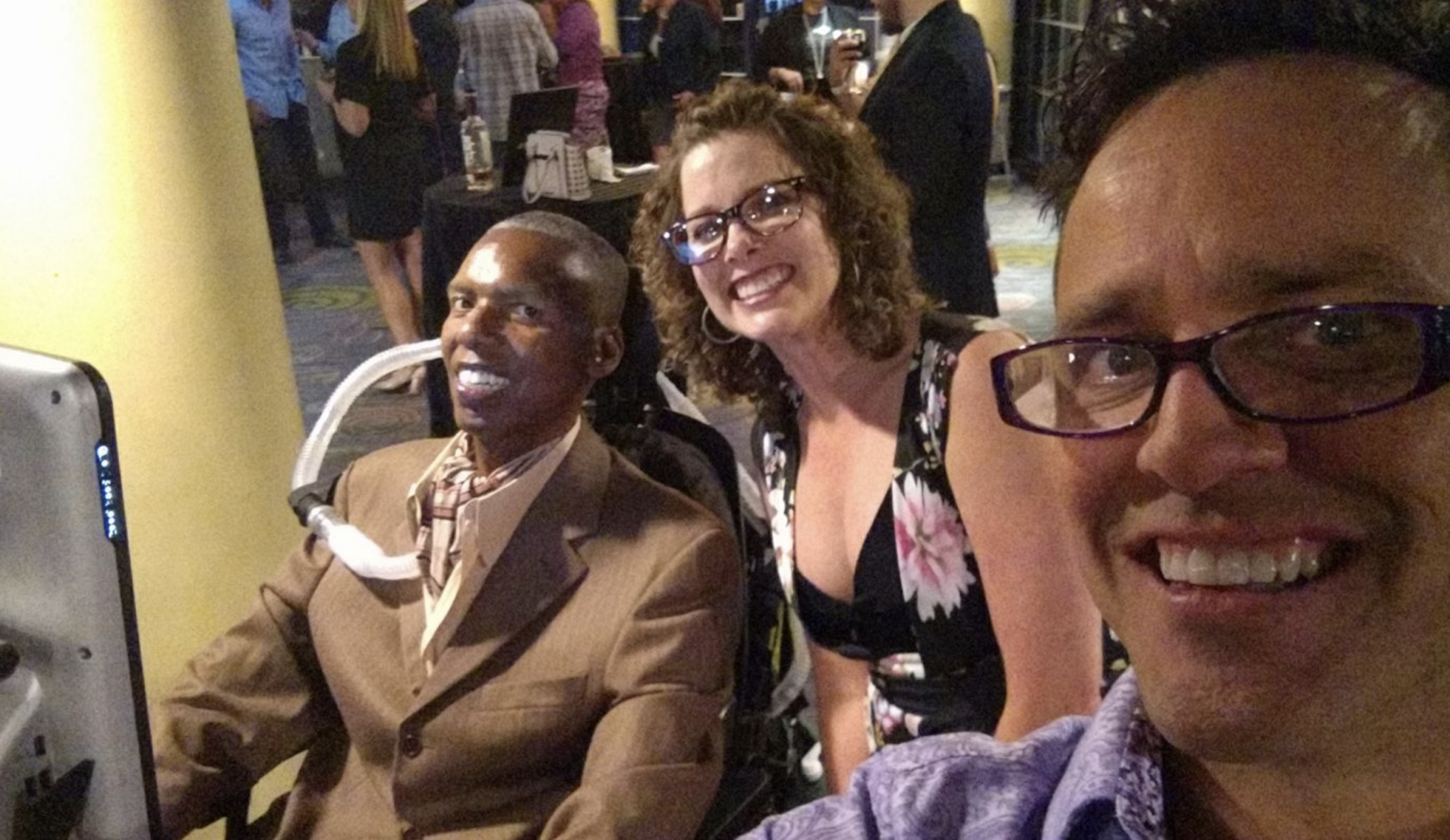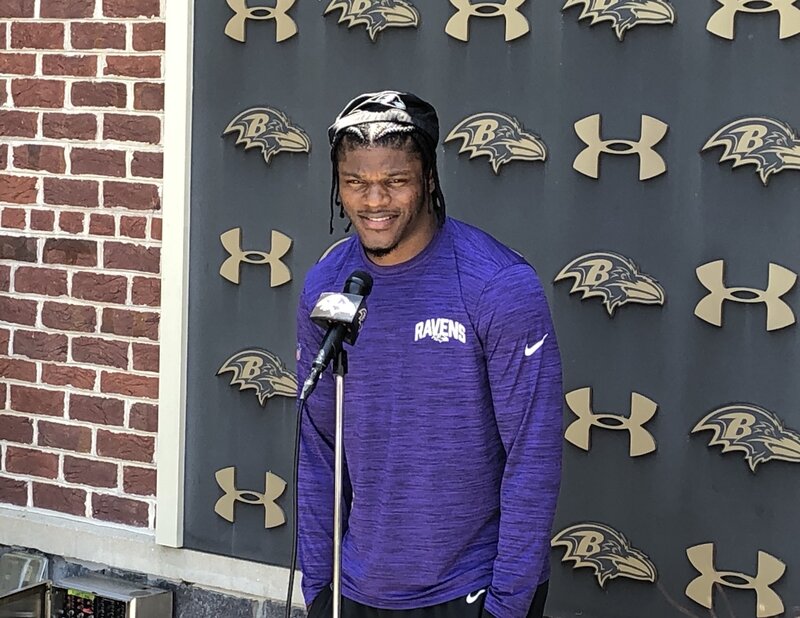“Today I consider myself the luckiest man on the face of the earth. And I might have been given a bad break, but I’ve got an awful lot to live for…”
– Lou Gerhig (July 4th, 1939)
IF YOU VISIT THE BALTIMORE RAVENS’ facility in Owings Mills, it’s virtually impossible to miss the office of O.J. Brigance. His office door is always open, and it’s in the main foyer hallway, the most traveled area in the building for any employee or visitor. If you want to eat or go to the bathroom at the Under Armour Performance Center, he’s almost like a toll stop. You have to stop or at least slow down and acknowledge him.
It’s hard to know what the many young, incoming Ravens players or staff employees first think when they enter their new workplace and pass the office of Brigance, who sits in a very complex wheelchair-like device in front of a communication device called a Dynavox, which faces toward the door.
There are more than a handful of bonds that link the two Baltimore Ravens Super Bowl championship teams beyond Ray Lewis, but none more spiritual than the journey of O.J Brigance over the 12 years between confetti celebrations that demonstrate just how much lives can change, transform and, in some cases, deteriorate.
O.J. Brigance was No. 57 on the Super Bowl XXXV champions in 2001, the special teams captain who made the first tackle of the game on that beautiful night in Tampa. He was also the starting middle linebacker on the Baltimore Stallions Canadian Football League Grey Cup championship team of 1995. He’s the only man with a ring from both league’s championship teams from the same city.
And now, at 43, he sits motionless, all except for the flicker of his warm, bright eyes that allow him to communicate with the world around him via this amazing communication device that has kept his virtual world untouched despite his body betraying him, slowly disintegrating in front of everyone.
He gave his body to football all of his adult life. Now that same body, once a perfect physique honed by Brigance’s incredible drive, determination, and work ethic in the gym, has withered away. His spirit however remains transcendent for all who are in his presence.
He first felt the symptoms during a racquetball game in 2007 at the Ravens facility. From the time the franchise moved from Cleveland to Baltimore, beginning at the dumpy old facility on Owings Mills Boulevard about three miles away from the castle-like palace in the woods off Deer Park Road, the exhausting window wall game has been a staple for coaches, scouts, and various office personnel to blow off steam, get in a sweat and compete with each other for the “King of The Court” title. Racquetball, not cornhole, is the original, game of choice in Owings Mills. Brigance, a regular in the rotation in a building full of pretty fit athletes and former athletes, noticed some weakness in his right shoulder, his strength and range of motion were slowly changing so he sought out a neurologist. He was an athlete. He knew his body, and he knew something was wrong.
After a battery of tests, he and his wife Chanda were given the stunning diagnosis: O.J. had Amyotrophic Lateral Sclerosis.
A.L.S. is a motor neuron disease, first described in 1869 by the noted French neurologist Jean-Martin Charcot. It occurs rarely and spontaneously. To date, except in strongly genetic forms of the disease, the cause of ALS is not completely understood. The last decade has brought a wealth of new scientific understanding, but how it starts in the body is still unclear.
Commonly known as Lou Gehrig’s disease and outside of the United States as Motor Neuron Disease (MND) or Charcot’s Disease, it is a progressive neurodegenerative disease that attacks motor neurons in the brain (upper motor neurons) and spinal cord (lower motor neurons) and affects muscle function. The motor neurons control the movement of various voluntary muscles, including the diaphragm. Associated with the loss of motor neurons to function in A.L.S., the various muscles cells waste away (atrophy), resulting in increased muscle weakness. A common first symptom is a painless weakness in a hand, arm, foot, or leg, which occurs in more than half of all cases. Other early symptoms include difficulty with speech or swallowing. In conjunction with these symptoms, an individual will have twitching and cramping of muscles (called fasciculation), stiffness in muscles (spasticity), increasing loss of motor control in hands, arms and legs, weakness and fatigue, slurred or thick speech and difficulty breathing or swallowing.






























